FS Colour Series: GREEN Linen Inspired by Pierre Bonnard’s Ambient Glow
Fertile moss greens of GREEN Linen are a vital ingredient in Pierre Bonnard’s paintings, bringing into them an energising, ambient glow. A leader in the early 20th century intimiste movement that observed the quiet intimacy of ordinary life, Bonnard made private, simple observations come alive through luminescent colour and scattered strokes of paint. Earthy greens signalled liveliness and growth in these riotous bursts of colour, streaking across everything from plant pots and damp leaves to shadowy interior walls. “Work on the accent,” he observed, “it will enliven the whole.”
Born in Fontenay-aux-Roses, Hauts-de-Seine, on October 3, 1867, Bonnard’s strict father pushed him into studying law at the Sorbonne from 1885-1888. A distinguished scholar, Bonnard learned the classics before going on to practice as a government barrister. Art gradually made its way into Bonnard’s life, first through art classes in Paris at the Ecole des Beaux-Arts and later at the Academie Julian. Within a year a passion had taken hold, and by 1890 Bonnard had decided to pursue a career as an artist. He took on a shared studio in the Montmartre district of Paris with Maurice Denis, Edouard Vuillard and various other like-minded creatives and together they founded the art movement Les Nabis, who combined ambient planes of colour with a quietly brewing symbolism.
As his career progressed, Bonnard’s colours became increasingly vivid and intense, combined with expressive, rapid brushstrokes that dissolved solid forms into molten passages of liquid light. Subjects were almost always taken from his own private world view, typifying the intimiste style and offering a fascinating glimpse into the minutiae of early 20th century life. The early painting Le Café, 1907, captures an intimate interior scene where a young woman distractedly pours coffee as if lost in thought. Around her rich, earthy greens light up the walls and spread their energy outwards into the model’s clothing, threatening to consume her into their depths.
Bonnard left Paris with his wife Marthe de Méligny in 1912, settling in the rugged countryside of Vernonnet, north-west of Paris, near Claude Monet’s house at Giverny. Like Monet, Bonnard’s imagination was enlivened by the wild tangles of overgrown countryside around him and his paintings of this period are a rhapsody to the colour green in its many warm and cool variants. Landscape with Three Figures and Willow, 1912, celebrates the engulfing nature of the French wilderness as trees become billowing clouds of atmospheric light that almost eclipse the tiny figures below. Dark, warm greens form a series of shadowy archways around halos of light, adding depth and weight to the scene.
Moving inside, Bonnard’s glowing still life scene Le Compotier, 1914 hums with the radiancy of nature and growth as warm green fruits are bursting with juicy zest, nestled tightly inside a glossy golden fruit bowl. The later, impressionistic Terasse a Vernon, 1923 is awash with white sunlight that travels through canopies of trees and splashes onto the deck of Bonnard’s house at Vernonnet. Greens adorn the background with the fertile vibrancy of Summer, but it is the warm, golden greens in the upper right and centre foreground that really pull us into the scene with their humming radiance.
In 1927 Bonnard moved to the south of France, where the warmer climate led to further changes in his patterns of colour. Intense, hot tones capture the heat of the golden sun, which, when combined with his earlier, earthy greens cause sparks of dynamism and life. Bouquet de Mimosas, 1945, made in the final years of Bonnard’s life, is lit up with iridescent streaks of gold, lime green, orange and yellow, while deeper, autumnal greens are the pulsing forces of energy hiding underneath, that hold everything together into one.







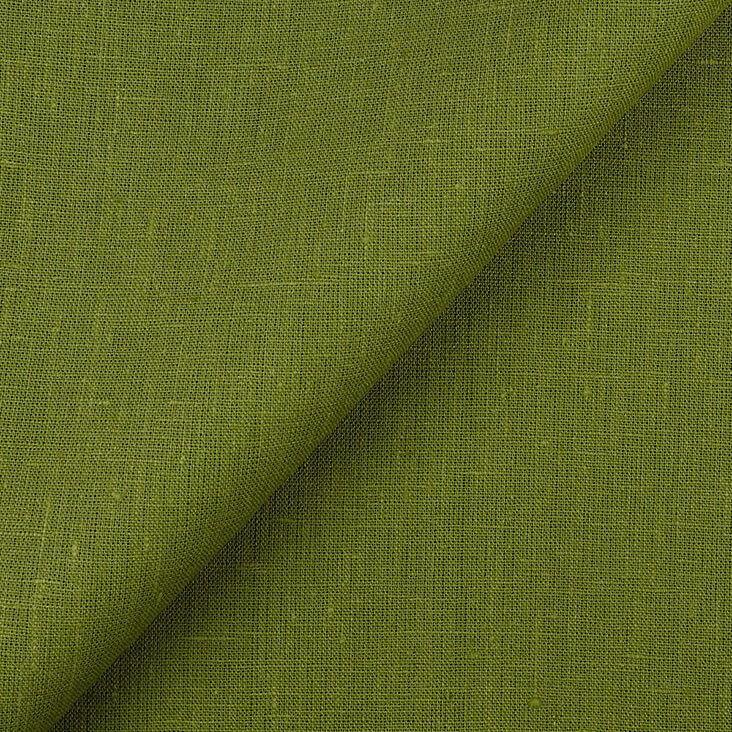
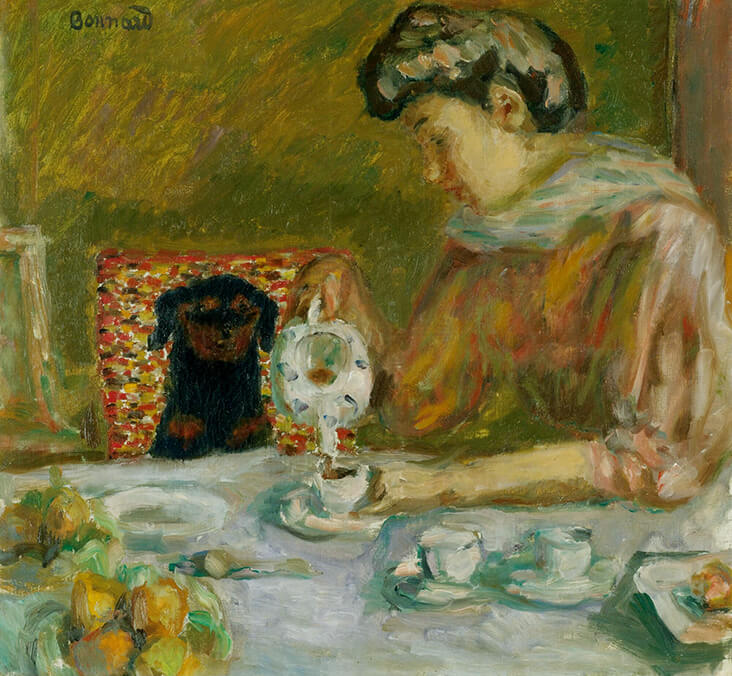
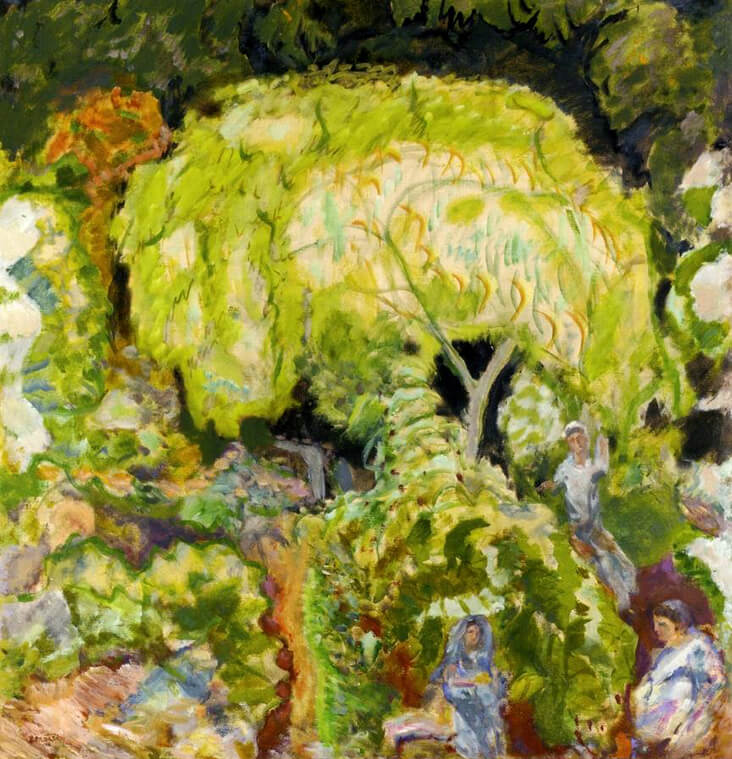
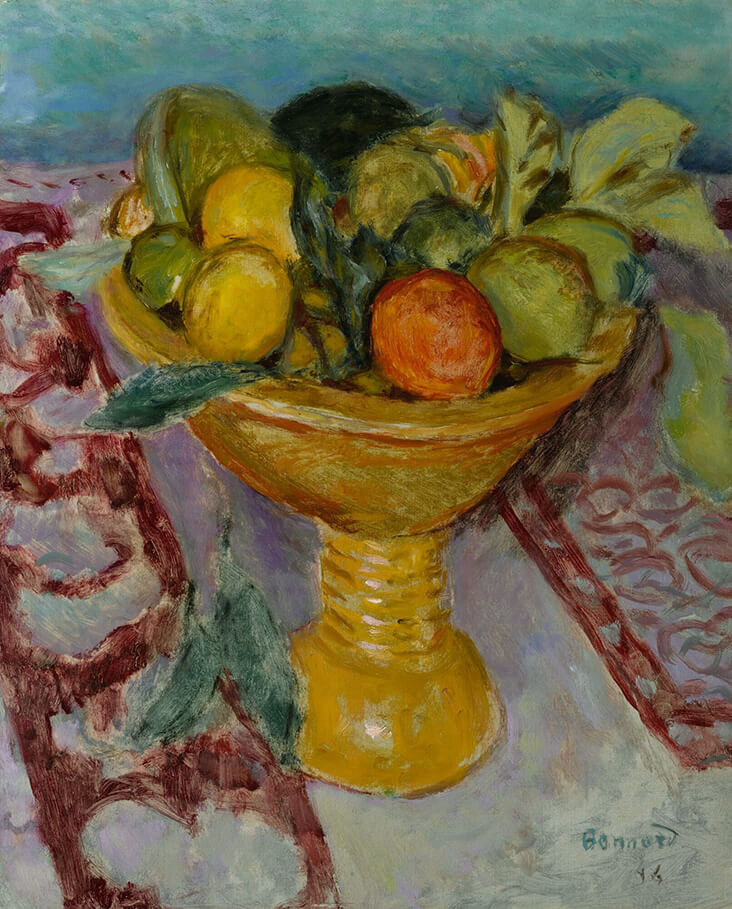




















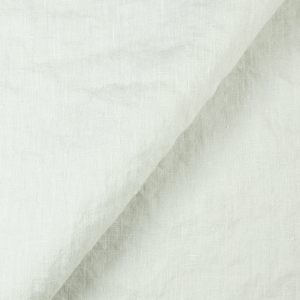




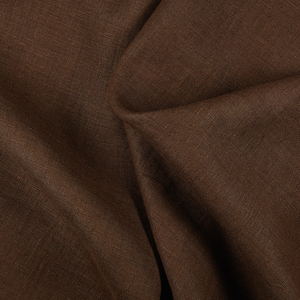



















Leave a comment